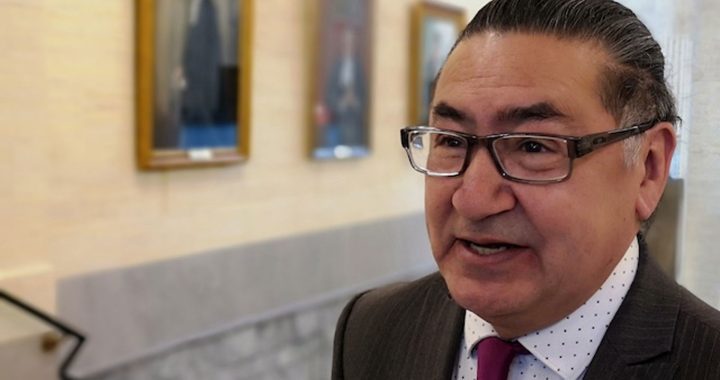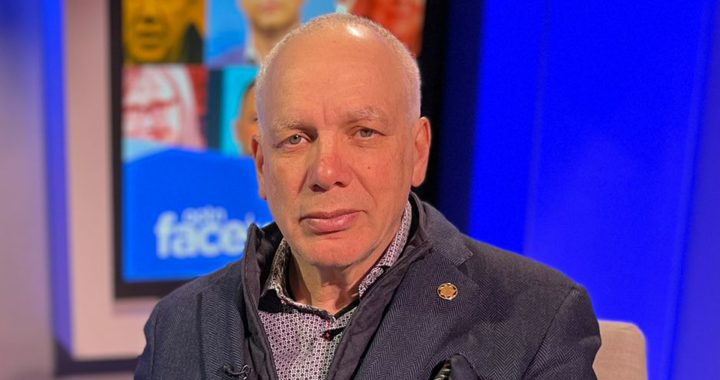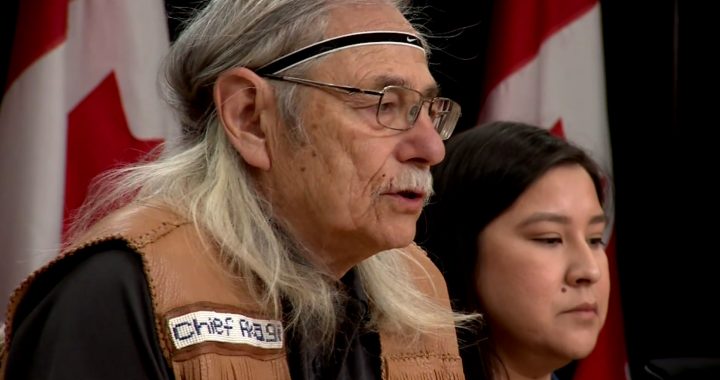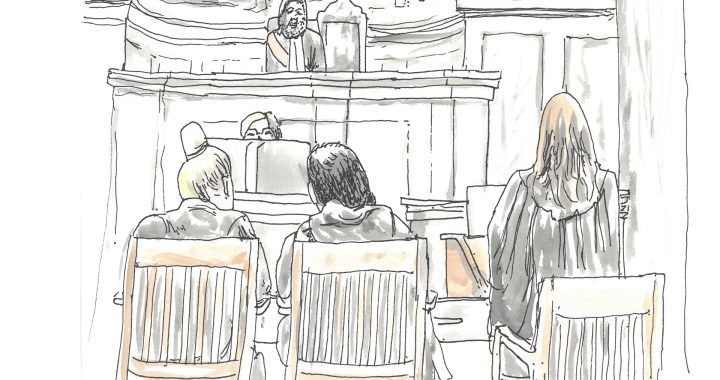It’s been a trying two years for Little Salmon/Carmacks First Nation citizen Meta Williams and her partner Harold Johnson, who is from Champagne and Aishihik First Nations.
The pair own and operate Long Ago Peoples Place, an interpretive Indigenous tour camp in Champagne, Yukon, using recreations of traditional Southern Tutchone structures and tools.
Williams says business was booming and the operators could see as many as tens of thousands of visitors each summer.
Then, the COVID-19 pandemic hit.
“I stood at the back door and looked towards the hills and said ‘now what?’ I felt like somebody had hit me in the centre of my belly and I was like ‘uh,’” Williams recalls.
“All of a sudden all the cancellations started coming in and it was just like there was nothing you could do about it, and there was pretty well nil capacity of visitors coming through.”
Williams and Johnson were able to stay afloat during the pandemic’s harder months by renting their camp all day or overnight to visitors, as well as allowing organizations to rent the camp and bring in their own programming, something they hadn’t done before.
Fast forward two years where virtually all COVID-19 restrictions in the territory have been dropped, and Williams says tourists are back.
She says droves of tourists on bikes travelling from Alaska as well as other tour groups and organizations are keeping her and Johnson busy.
“It was like as soon as May 1 came everybody wanted to do this. People are ready to come out and do this and they’re ready to be open to learn,” she says.
New challenges ahead

Crystal Isaac, director of Bearpaw Gifts, is also noticing a steady increase of tourists.
“It’s definitely making a slow comeback, which is excellent to see,” she says.
Isaac is from the Okanagan Indian Band. Her mother owns and operates two stores in Whitehorse and Carcross which rely heavily on cruise ship traffic.
While Isaac is feeling optimistic, she says the store’s Carcross location hasn’t fully opened since 2019.
“The cruise ships are coming in. It’s obviously not the same traffic that we were used to before, just as people are still feeling a bit nervous getting on cruise ships again, but it is coming back,” she says.
Isaac notes while the industry is on the mend, new economic challenges are springing up.
“I guess the next issue now is gas prices. Life is more expensive, so (tourists) don’t really have the extra income to be traveling in some cases,” she says.
‘We are optimistic’

Last year Yukon’s former minister of Tourism and Culture, Jeanie McLean, told APTN that tourism is the territory’s second-biggest industry.
She said pre-pandemic, around 500,000 people visited the Yukon each year, generating $357,000,000 dollars in revenue.
Harmony Hunter, a tourism officer for Yukon First Nations Culture and Tourism Association, said she doesn’t have exact numbers for how much revenue has been lost due to COVID-19.
However, she notes there are visibly more tourists in places like Whitehorse and operators are excited to get back to pre-pandemic operation.
While she says there are growing concerns this summer around staffing and room shortages, especially as an 82-room hotel in Whitehorse is converting to social housing.
“There are some challenges but of course we are optimistic, our operators are optimistic, happy, and excited and we obviously have to support that,” she says.
Read More:
Indigenous tourism operators in Yukon hit hard by COVID-19
Upcoming tourist season looking bleak again in the Yukon because of pandemic
Hunter says it’s too soon to know when the industry will fully bounce back and that operators need time to rebuild. Her organization will meet with operators in the fall and collect data to see how this summer went and where to focus on recovery.
As for Williams and Johnson, they say they’re keeping the new measures they implemented during the pandemic, and they’re looking forward to rebounding with a new and improved operation.
“I think COVID made us rethink what is important and I’m so grateful as an Indigenous person that we’ve centered ourselves.”









